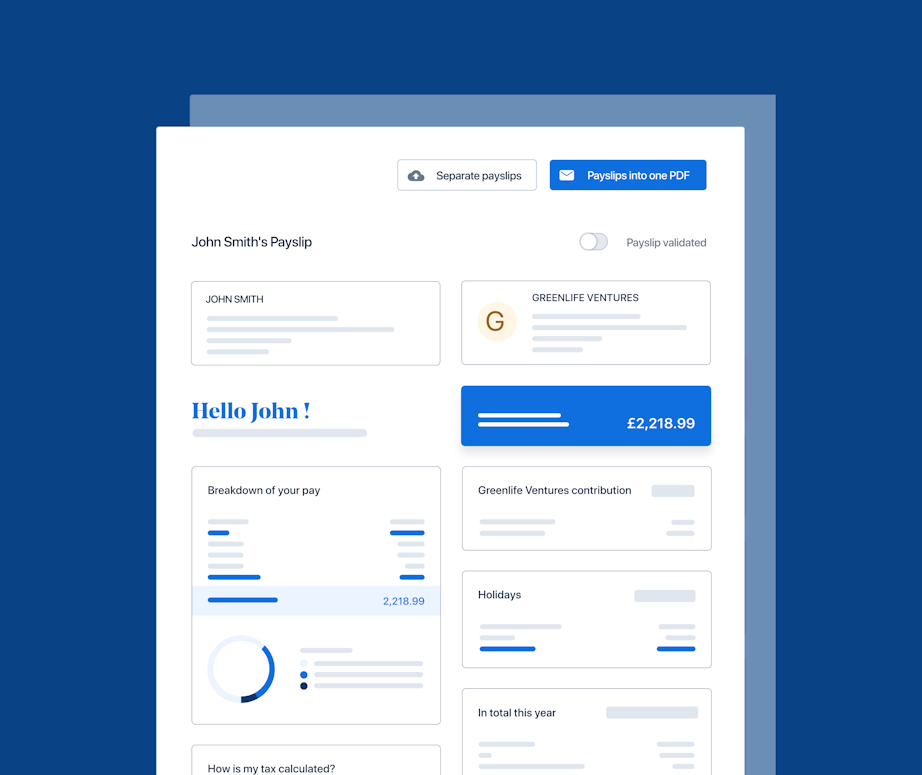Five things you should know about your pension

While retirement may seem like a distant thought for many, it is vital to have at least some understanding of the intricacies of the UK pension scheme.
In this blog post, we look at five things that you may not know about your pension rights.
What should you know about your pension?
1. Your rights to a pension
This is a big one.
A pension is a prerequisite in most jobs with only certain employees not being entitled to one.
So, if you’re between the age of 22 and the state pension age, and earn a minimum of £10,000 per year, your company must enrol you in a pension scheme with a minimum employer contribution of 3%.
If you fall into this category then you are what is considered to be an eligible jobholder. You should not have to ask to be enrolled and your employer has to pay into your pension scheme should you wish to take part.
This is defined in legislation and all companies must abide by these rules.
If you are under 22 or you earn at least £10,000 per year, you are considered to be a non-eligible jobholder. Despite only meeting one of the necessary criteria, you can request to join your company’s pension scheme.
The operative word in this sentence is request as your company has no legal obligation to enrol you in their pension scheme straight away.
However, this does not mean that you can't ask to be enrolled. In this instance, you should speak to your HR or payroll department. Should you wish to join, you would be entitled to the same benefits as eligible jobholders.
If you’re between the age of 16 and the state pension age and earn less than £6,136 per year, you are considered to be an entitled worker. While you can still join your company’s pension scheme, you may not receive a minimum employer contribution.
Regardless of what type of employee you are, your employer has to write to you within six weeks of your initial assessment to tell you whether or not you will be automatically enrolled.
2. Pension eligibility
So, we’ve looked at the age, wage and salary criteria required to qualify for a pension—but what about the time you need to have been at a company before you can begin contributing?
The system in the UK is pretty clear. From your very first day in employment, you should be assessed and added to the workplace pension if eligible.
Employers are allowed to postpone your enrolment by up to a maximum of three months if they choose.
Lots of UK companies insist on giving employees a three-month probationary period to allow time to evaluate whether an employee is right for the role and they may wish to postpone enrolment until this has been finalised.
In some cases, companies may decide to prolong a probation period; however, they are still required to enrol you in a pension scheme if you’re either an eligible jobholder or if you’re a non-eligible jobholder and you request to start contributing.
Another reason for the three-month gap is to allow companies the time to put the necessary procedures in place.
Startups or a company that has just arrived in the UK may require a little more time to put things in place. However, if after three months in a job you still haven’t been enrolled in a pension scheme, then your employer will be breaking the law.
3. Opting out of a pension
As an employee, you’re well within your rights to decide that you do not wish to contribute to your pension.
Nevertheless, there are some things that you need to understand when choosing to opt out. First of all, you cannot avoid your pension deduction by opting out before being enrolled. This is because, if you meet the pension requirements, your employer has to enrol you on the pension scheme.
If you choose to opt out after the first month, you can receive a pension refund for your pension contribution. However, it is worth noting that you are unable to receive a refund on a pension contribution if you’ve been contributing for more than one month.
4. Pension re-enrolment
Right, you’ve been in a job for three years and you’re not contributing to your pension. You probably decided when you first joined that you weren’t interested in contributing. That’s absolutely fine and you’re allowed to keep doing the same.
However, your company has to re-enrol you in its pension scheme every three years. If they choose not to, then they’re breaking the law.
The only circumstances where your company would not do this would be if you’ve let them know within the previous 12 months that you weren’t interested in contributing; if you’ve already handed in your notice; or if you already have the protection of a lifetime allowance.
5. The 8% rule & salary sacrifice
Any workplace pension scheme has to total a minimum contribution of 8%.
At the beginning of 2019, the minimum contribution was 5%, with only 2% being contributed by the employer.
However, when the new tax year began on 6 April 2019, the minimum contribution changed to 8% with a minimum of 3% coming from employers.
Some employers may decide to contribute more than the minimum amount, meaning your contribution towards reaching the 8% mark may not need to be as high as 5%
You are allowed to contribute more; however, the scheme is not incremental. This means that your employer still will only ever have to contribute a maximum of 3% themselves.
Pension auto enrolment using PayFit
The PayFit app is able to tell through analysing an employee’s age, employment type and earnings, whether or not they are an eligible, non-eligible or entitled worker.
If the employee is eligible, an action is generated for the employer to add the employee to a pension scheme (or postpone for up to a maximum of three months), with at least a 3% employer and a 5% employee contribution.
If an employee is not eligible on a particular month, the app will continue to assess their status on a month-by-month basis until they become eligible.
Interested in finding out more? Why not book a call with one of our product specialists?
PayFit disclaimer
The information contained in this document is purely informative. It is not a substitute for legal advice from a legal professional.
PayFit does not guarantee the accuracy or completeness of this information and therefore cannot be held liable for any damages arising from your reading or use of this information. Remember to check the date of the last update.








